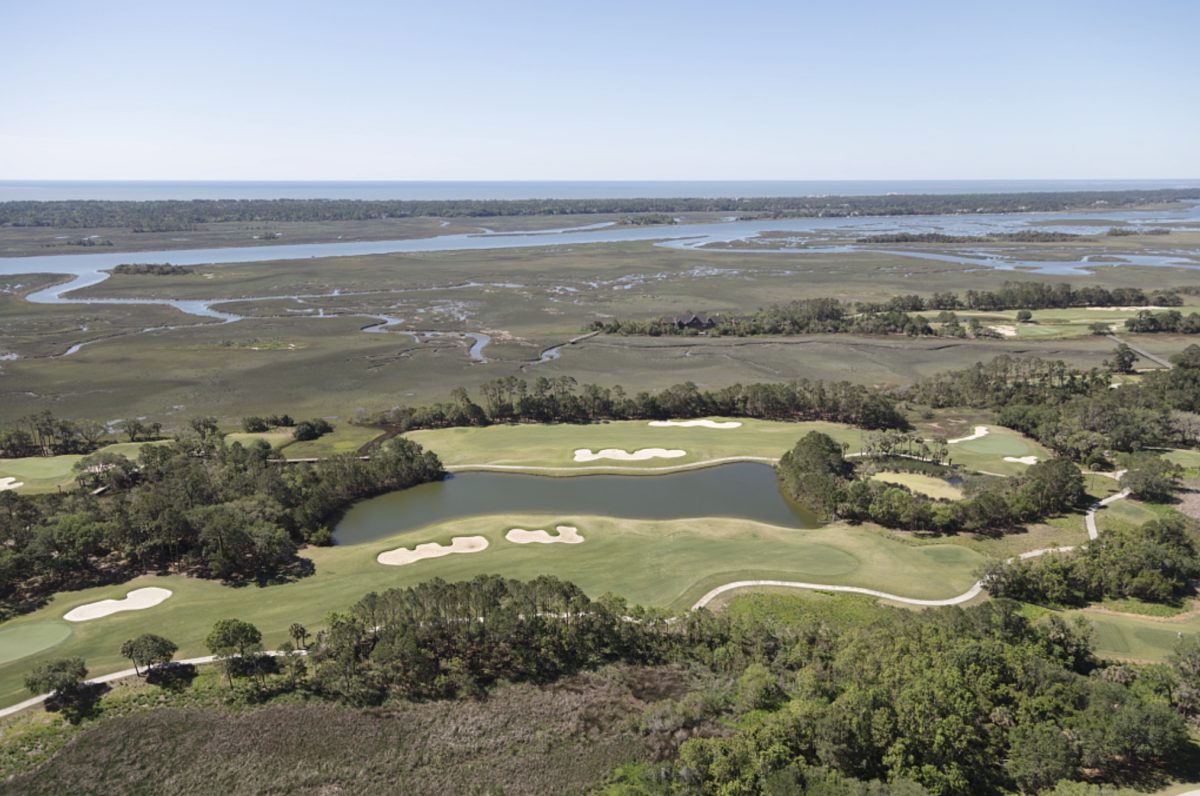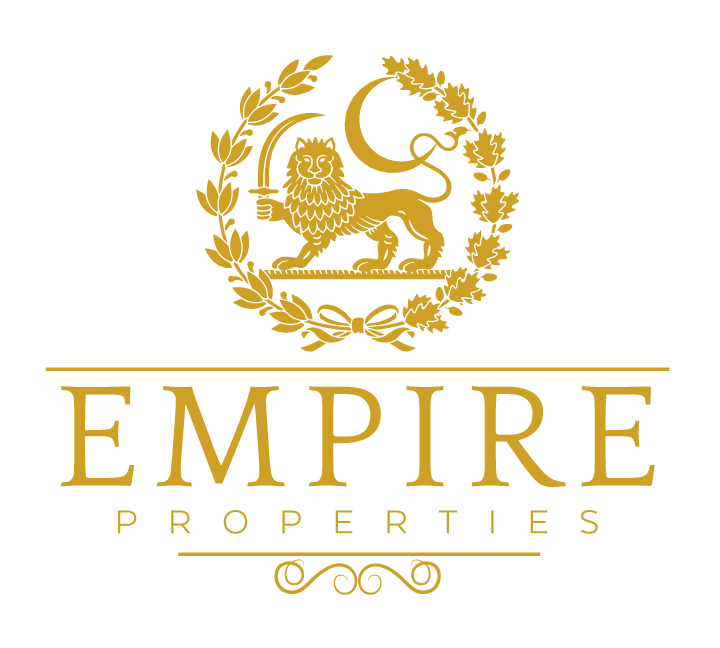The Lowcountry is a golfer’s paradise, with ocean and river-front courses and club houses offering spectacular sunset views over the green. It’s also the birthplace of golf in America, where Scotsmen played the first game centuries ago on Harleston Green in what is today Harleston Village in downtown Charleston. The Lowcountry boasts numerous courses to choose from, including membership/club based, municipal/pay to play options, and courses that belong to professionally designed course communities lined with beautiful residences.
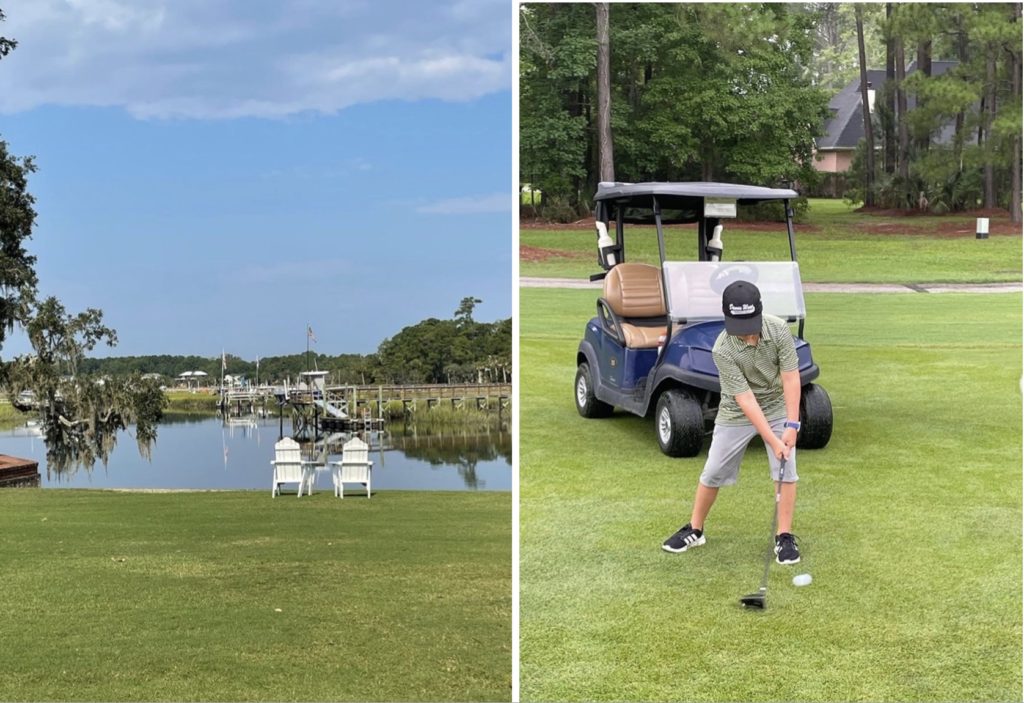
South Carolina’s golf history began in 1743, when David Deas imported 96 golf clubs and 432 golf balls from Leith, near Edinburgh, Scotland, to the port of Charleston. The first organized golf in the United States is believed to have been played on Harleston Green, a rural, marsh front pastureland near the intersection of Pitt and Bull Streets. Unlike the manicured greens golfers expect today, early Scottish golf “courses” was more natural. The Preservation Society explains that “golf historians suggest that the early game was played without a set number of holes, no greens, and no designated teeing areas. Players used clubs to move a ball across the field and into a crudely dug hole in the ground. Because the holes were not clearly marked, golfers sent “finders,” forerunners of today’s caddies, to stand by the hole and alert others of the approaching shot by yelling “fore.” After completion of a hole, a player would tee off at a distance of two club-lengths away from that hole. Equipment included a ball, or “feathery,” made of leather and stuffed with feathers while clubs consisted of a “play club,” a series of “woods,” and a utility iron for tight spots.” The Royal and Ancient Golf Club, the first in the world, was founded in St. Andrews, Scotland in 1754. Golf Historian Charles Price wrote that Charleston merchant Andrew Johnston also brought back clubs and balls from a 1759 trip to Scotland. Several “Scottish merchants known as the Charlestown Golfing Society” began playing in regularly in Charleston shortly thereafter.
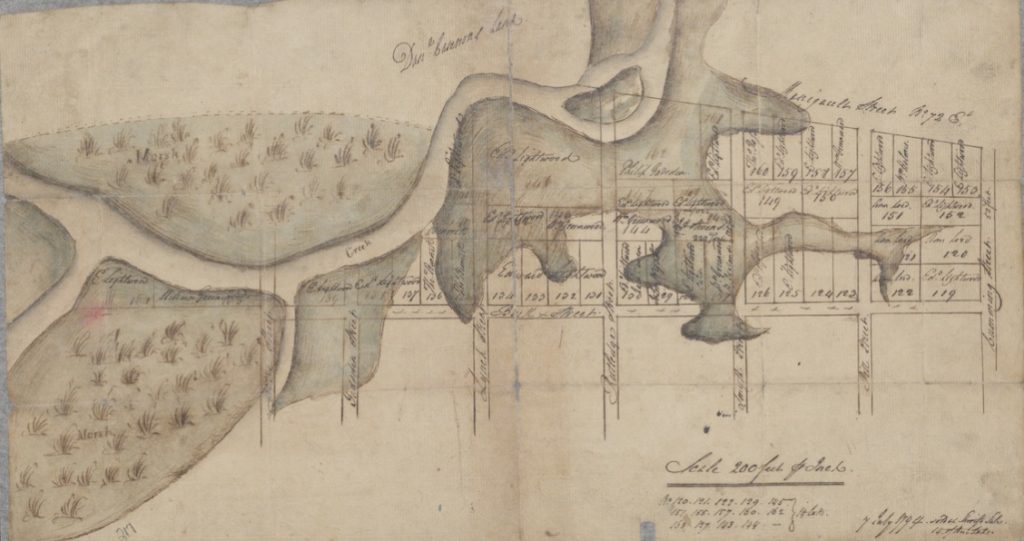
The South Carolina Golf Club was founded in 1786 by several Scotland merchants, who played a closer version of modern golf still enjoyed today. The club notified its members to “attend Williams Coffee House, in lieu of Harleston’s Green, on account of the bad weather. Dinner on table at three o clock” in 1794, for their anniversary event, showing that golf had caught on after the Revolution. Harleston Green had a club house by 1795. Shortly after, Harleston experienced a residential building boom and references to the course and Green ceased.
Golf gained popularity again in South Carolina in the early twentieth century, and a host of clubs and courses were created. The Country Club of Charleston was founded in 1901 on James Island (with a beautiful residential community adjacent) and Yeamans Hall Club opened in 1924, about twelve miles outside the city in Goose Creek. Charleston Country Club lies on the Ashley River just a few miles from Charleston, near McLeod Plantation and the Wappoo Bridge. Renowned course architect Seth Raynor was responsible for both the Country Club and Yeamans Hall greens.
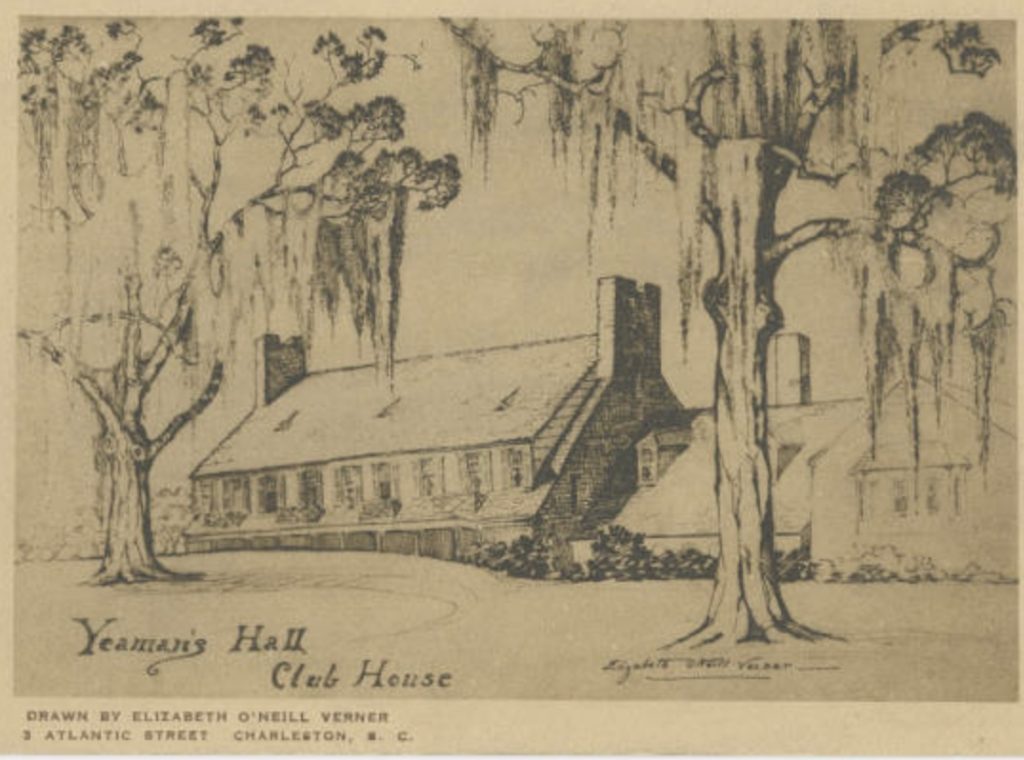

The Country Club explains that “Raynor’s courses are notable for the recurring use of strategy and design found on holes from famous Scottish golf courses, including the well-known “Redan” holes. Hole 11 is a replica of the 15th hole at North Berwick and is so treacherous that Sam Snead carded a 13 and Ben Hogan once commented after a bogey on Hole 11, “Your greens beautiful, but what you need for that eleventh hole is about five sticks of dynamite.” Known for its challenging green complexes and sweeping Lowcountry vistas, the Country Club of Charleston is celebrated as one of the premier golf clubs in the Southeast. Raynor, designed and built the course from 1923 to 1925. Staying true to Raynor’s original design, the course has been restored over the years by John LaFoy (1990-1991), Brian Silva (2006) and Kyle Franz (2016-2018).”
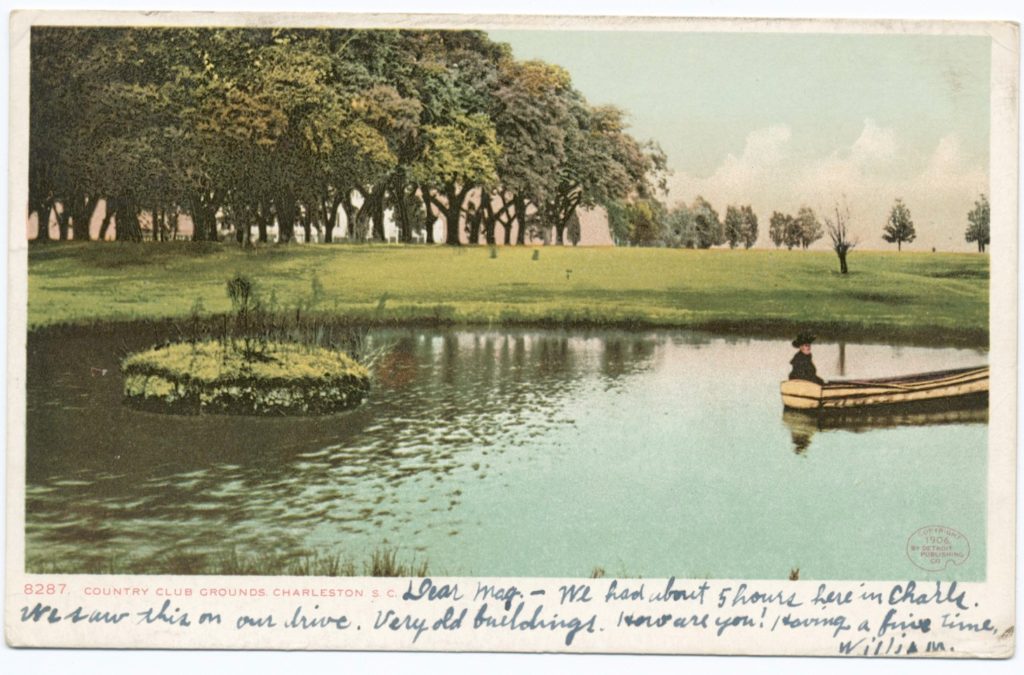
Archivist Harlan Greene notes, “you think about Charleston and you think about heritage tourism, but there’s also sports tourism, and there is a link. Of course, some golfers are focused on sinking a putt, but I think the actual history will interest others”. Indeed, some course architects like Ron Garl who designed the Links at Stono Ferry, paid close attention to the history and heritage of the site in the planning stages. Stono Ferry proudly notes the Revolutionary history near their club, which includes the Battle of Stono that took place in 1779. They proudly display archeology that was found while creating the course in their inviting club house.

One of the most beloved is Charleston Municipal Course, which was created in 1929. The South Carolina Golf Association was also founded that year, and has sponsored men’s, women’s, youth, junior, and senior tournaments ever since. The course lies on the “savannahs of the Stono River” next to Riverland Terrace neighborhood on 120 acres of land donated to the city in 1927 by C. Bissell Jenkins for use as a public golf course. The first fifteen holes debuted in 1929 and by the following Spring, the last three holes and the original Stono clubhouse, were ready to open. Seth Raynor designed the “delightfully classic layout,” with holes bordered by lakes and pine trees. Friends of the Muni notes that “Today nearly 90 years later The Muni hosts over 55,000 rounds yearly for men and women, boys and girls, residents and tourists— all sharing a passion for the game of golf and the company of friendly people. It is to preserve and enhance this treasure that an ambitious renovation was planned for 2019-2020, its first in almost 60 years of absorbing weather and enthusiastic play.”
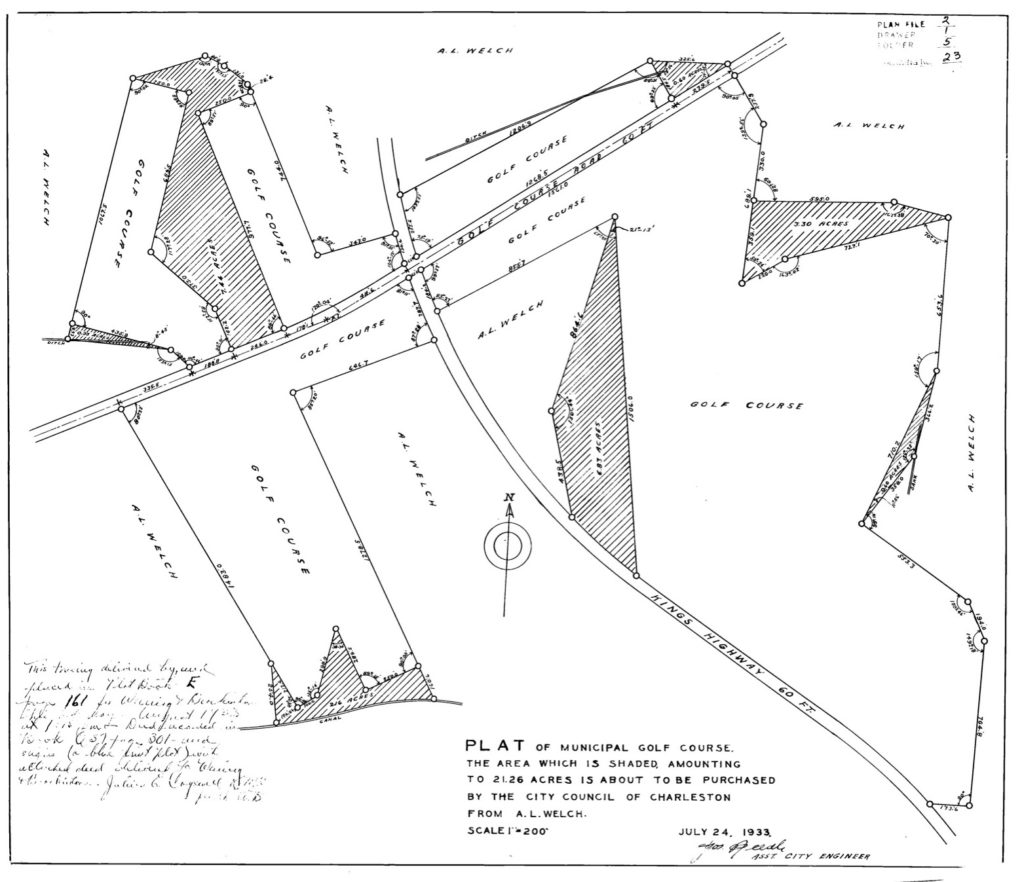
Golf took off after World War Two as young suburban families were looking for challenging but leisurely outdoor activities. By the 1970s, developers from Myrtle Beach to Hilton Head were designing exclusive residential communities with golf courses as the crown jewel amenity. The Ocean Course at Kiawah is a regular stop on national tournament circuits, including the Ryder Cup in 1991 and the 2012 PGA Championship. The challenging course is ranked as one of the toughest in the United States, with 18 holes spaced along a 7,356 yard green stretching along the Atlantic coastline, with marsh and water views and natural sand dunes.
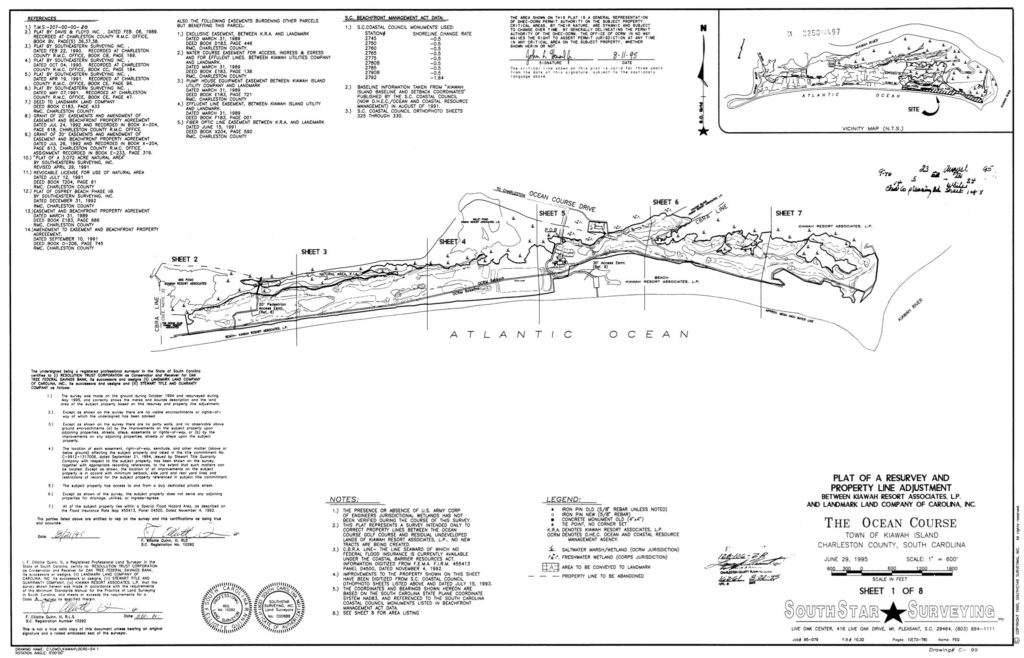
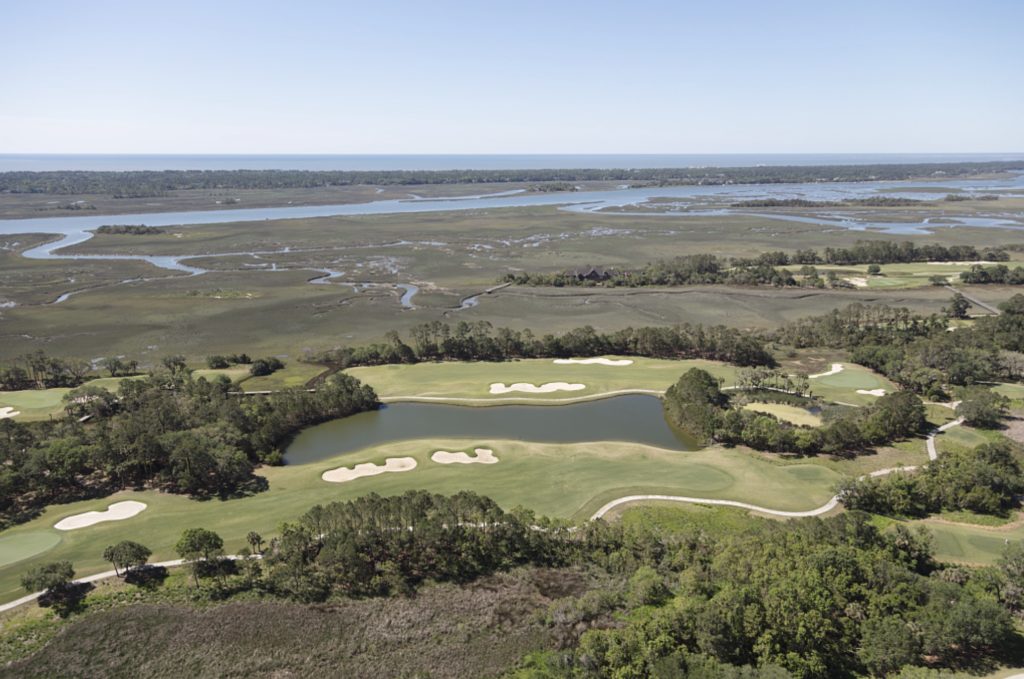
Some clubs require memberships, while others are geared toward letting locals try a new course or giving visitors the chance to play while on vacation. A non-exhaustive list of some of the lovely Lowcountry courses includes: the Municipal Course on James Island, Charleston National by famous landscape architect Rees Jones, and Patriots Point in Mount Pleasant, and the Links at Stono Ferry. To learn more about their tee times and fees, visit https://www.patriotspointlinks.com and https://www.charlestonnationalgolf.com or contact our team here at Charleston Empire Properties for more information.

For island courses, choose from the Plantation Course on Edisto, Daniel Island, Wild Dunes, Kiawah’s Ocean Course, and Seabrook (including Crooked Oaks and Ocean Winds courses). Visit https://kiawahresort.com/golf/the-ocean-course/ for more information.
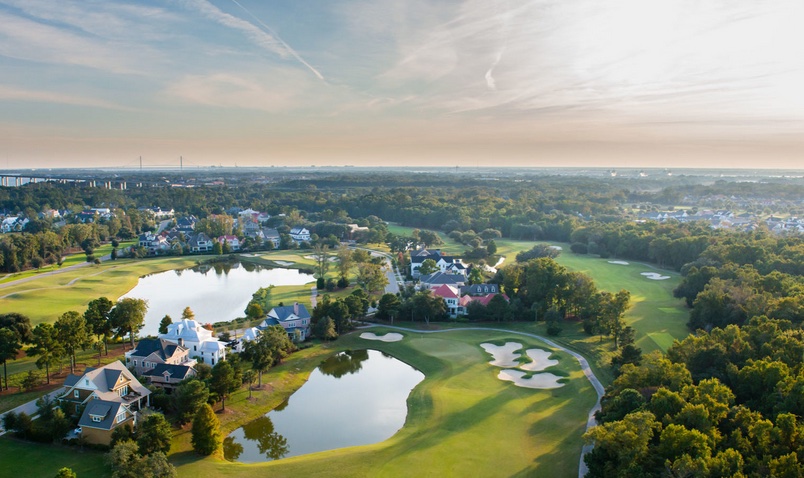
Shadowmoss, Dunes West by Arthur Hills, Crowfield, Pine Forest Club in Summerville, and Crowfield are some of the lovely courses associated with residential club communities. Golf writer Don Gillespie describes Pine forest as “a true hidden gem, an understanded but demanding layout referred to by regulars as ‘Little Augusta”. Yeamans Hall, Rivertowne, and Charleston Country Club are among the oldest courses, and as semi-private facilities, non-members can visit and book a tee time.
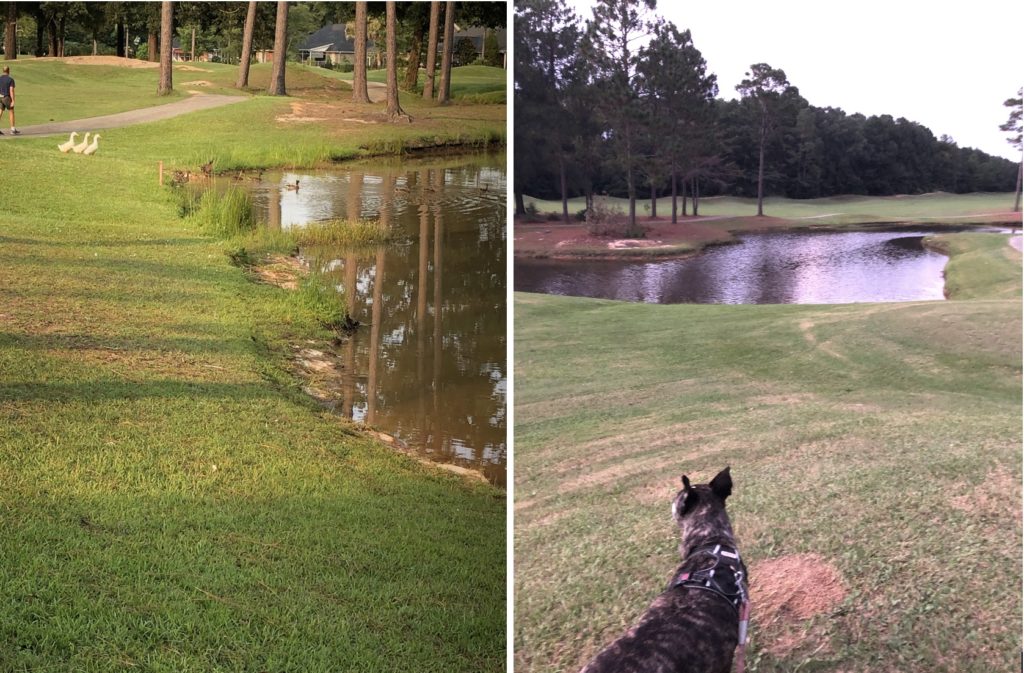
Golf Digest lists Oak Point as one of the top ten Lowcountry courses to try, noting “a total redo in 2015 has made Oak Point a solid player in Kiawah’s championship rotation of courses. You’ll get the same excellent conditions and five-star service on this ‘Scottish American design”, but since its off [Kiawah] island, it’s a more affordable and convenient choice.” Located on the Kiawah River, the holes offer a “fun collection of par 3s and a good choice for all ability levels”. Wild Dunes is also high on their list, and is said to be one of renowned course designer Tom Fazio’s favorite courses. The large course was recently renovated and its setting on Isle of Palms offers sea breezes and ocean views.
There are several golf course communities with beautiful homes on the market for those Lowcountry golf enthusiasts who want to remain close to the green at all times. For the non-golfers in the family, Country Club style neighborhoods like Pine Forest and Rivertowne in Mount Pleasant typically boast pools, club houses with restaurants, racket clubs, and pretty paths for strolling between or after a match.
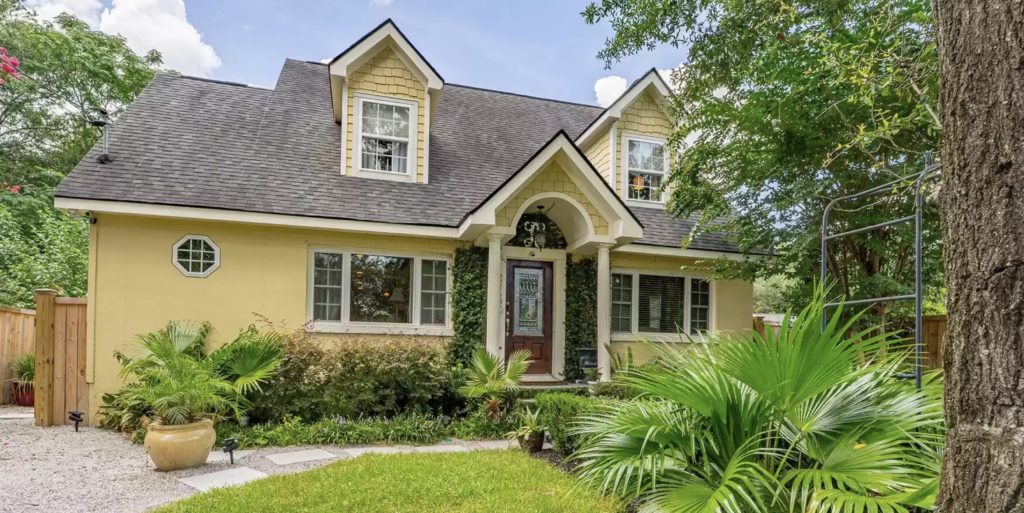
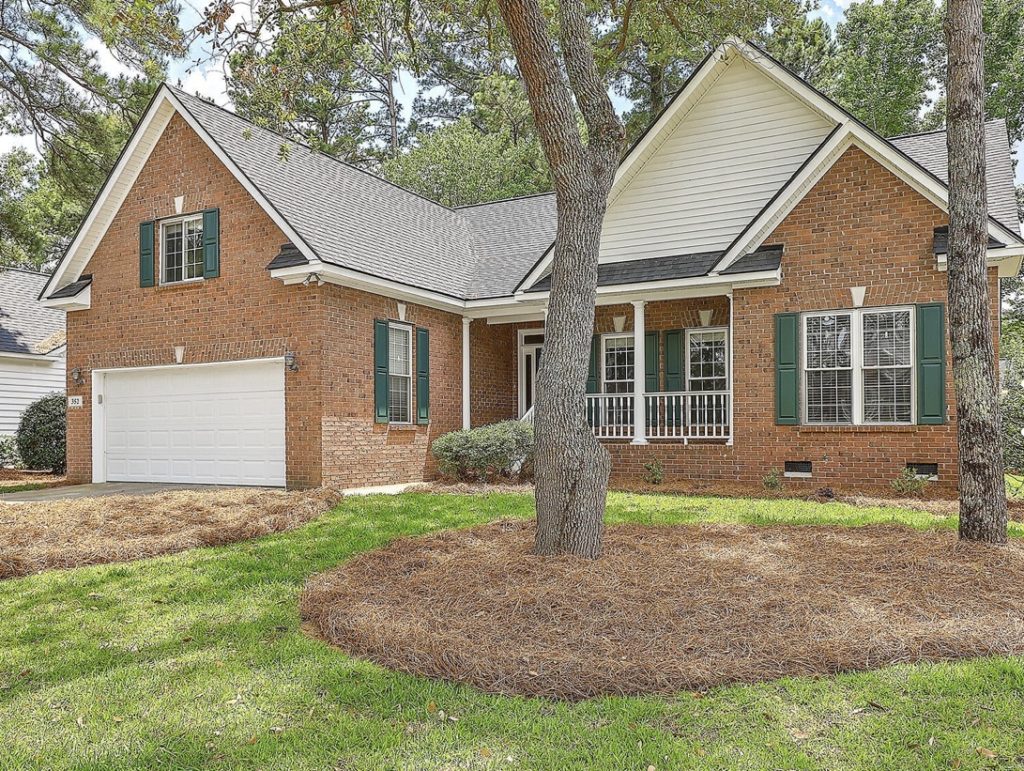
Sources:
- http://www.duneswestgolfclub.com
- https://www.golfdigest.com/gallery/where-to-play-golf-in-charleston-south-carolina
- CGDA 15 November 1794. “golf club.”
- Fox, William Price. Golfing in the Carolinas. Winston-Salem, N.C.: John F. Blair, 1990.
- South Carolina. Department of Parks, Recreation and Tourism. 2000–2001 Economic Impact of Golf in South Carolina. Columbia: South Carolina Department of Parks, Recreation and Tourism, 2002.
- Don Barton. “Golf”. South Carolina Encyclopedia. https://www.scencyclopedia.org/sce/entries/golf/
- Bob Gillespie. “Golf: it’s more than the Ocean Course.” Discover South Carolina. https://discoversouthcarolina.com/articles/charleston-golf-its-more-than-the-ocean-course-history-and-the-beach
- Plats from Charleston County Deeds Office.
- Gene Sapakoff. “Charleston: Birthplace of American Golf.” Charleston Post and Courier, 2 November 2016.
- https://stonoferrygolf.com/club-history/
- https://www.friendsofthemuni.com/history-overview
- “Halsey Map- golf”. Preservation Society. http://www.halseymap.com/flash/window.asp?HMID=13
- Price, Charles, and George C. Rogers, Jr. The Carolina Lowcountry, Birthplace of American Golf, 1786. Sea Pines Company, 1980.
- Nic Butler. “Genesis of Harleston” Charleston Time Machine.
- https://www.countryclubofcharleston.com/Our-History
- https://www.instagram.com/p/CDCTFoRhfVv/

